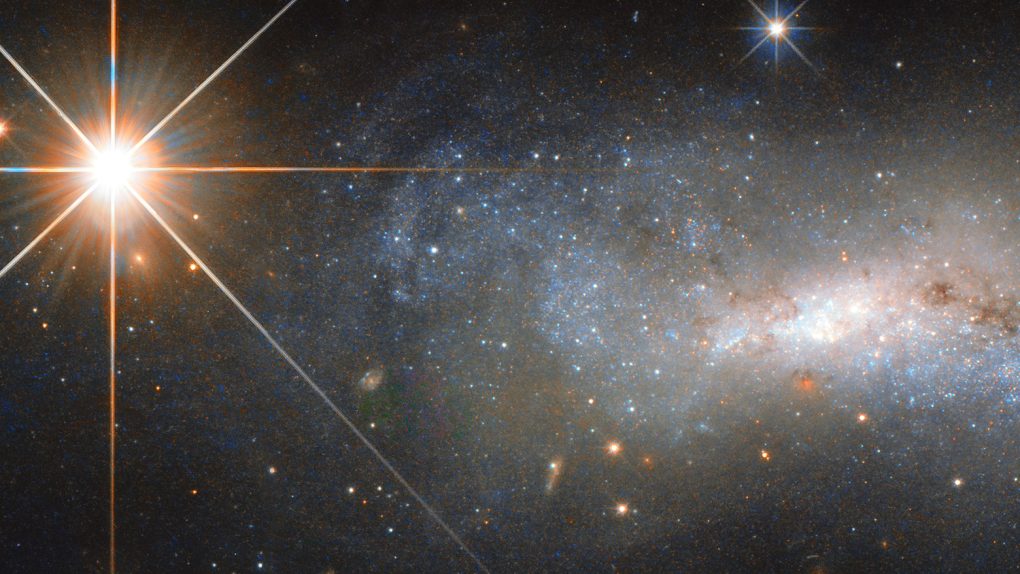Our Solar System is incredibly old by human standards. The Sun, sitting in the center, is thought to be just over 4.6 billion years old, which is an almost unfathomable amount of time to you and I. But it’s actually not all that impressive when it comes to stars.
A new survey of one particular star here in our own Milky Way galaxy reveals that it’s a whole lot older than anyone thought. In fact, it’s old enough to make our own star look like a youngster by comparison. The elderly star is called (deep breath) 2MASS J18082002–5104378 B, and what it lacks in a flashy name it more than makes up for in age. Astronomers now believe it to be an incredible 13.5 billion years old.
2MASS J18… you know what? Let’s just call it “the Old Star,” for now. The Old Star gave away its age thanks to its incredibly low mass and metal content. Researchers believe that newer stars tend to be very high in metallicity, but the Old Star’s metal content is incredibly low. It’s also very small, weighing in at only around 1/10th of the mass of our own Sun.
“We’ve never discovered a star so low mass and made of so few grams of metals,” astrophysicist Andrew Casey, co-author of the study published in The Astrophysical Journal, told ScienceAlert. “This discovery tells us that the very first stars in the Universe didn’t have to all be massive stars that died long ago. These ancient stars could form from very small amounts of material, which means some of those relics from soon after the Big Bang could still exist today.”
So, how has the star managed to stay alive for so long? Well, its small size actually plays in its favor, as very large stars tend to burn through their fuel much faster than the particularly tiny ones. The Old Star only just breaks the known mass limit to facilitate the burning of hydrogen, so it’s very slowly using up its fuel over billions of years.
Its small size and dim shine made it hard to spot, and the team suggests that there might be plenty of other ultra-old stars sitting around the Milky Way that have remained undetected because we simply can’t see them all that well.








